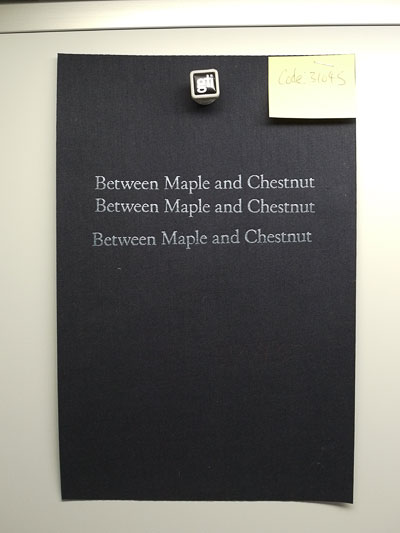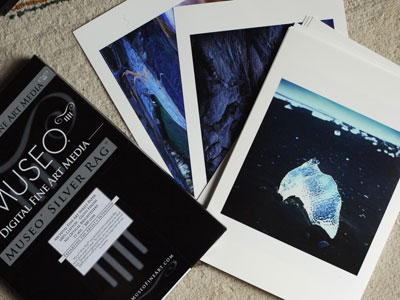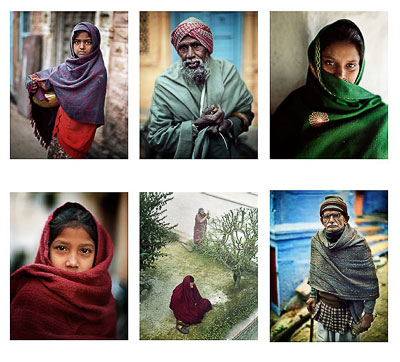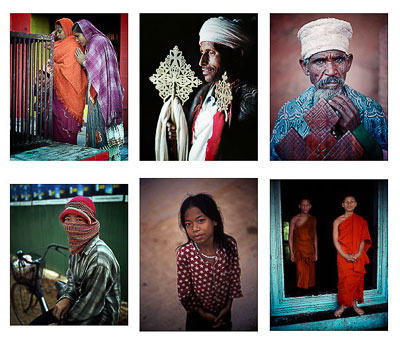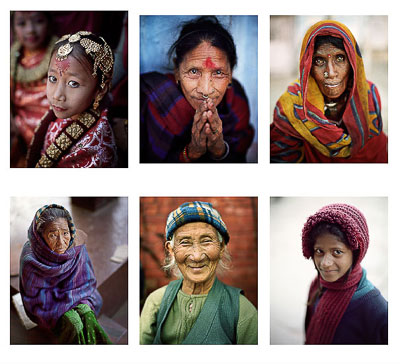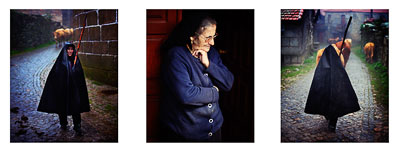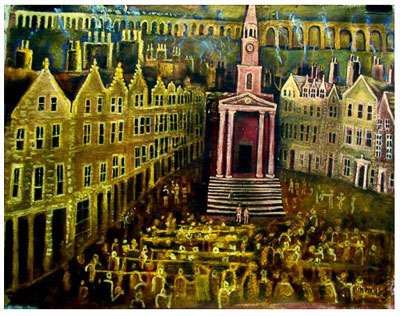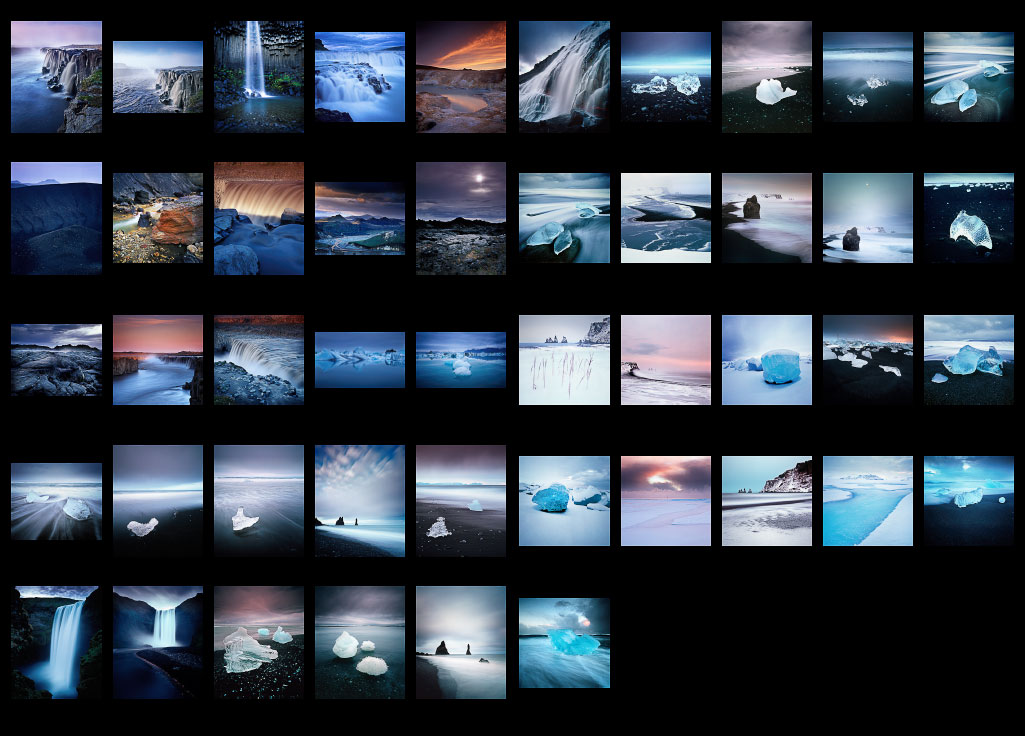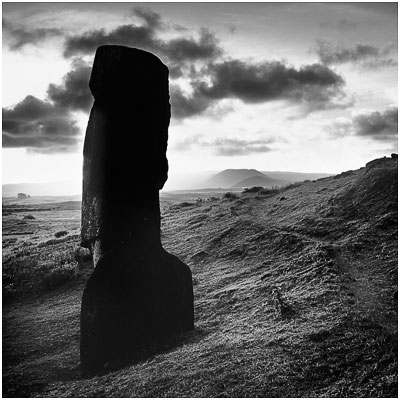A few month's back, Neil from Beyond Words book shop sold me a copy of David Maisel's 'History's Shadow book. Let me just start by saying it's perhaps one of the most beautiful books I've seen in a while, not only due to it being a large book, but mostly because of the content contained within.

I'm a lover of photogaphic books for a few reasons. Mainly it's to do with the interaction. By holding up a book and studying it, I get more out of the process than I would by browsing web sites. The other reason is that most photo books are printed well, so the tactile experience is often very pleasing and the detail in the reproductions is something you don't get from looking at websites either.
Speaking to Neil about his knowledge of photographic books, we had an interesting discussion which led to the idea that we would attempt to do a joint review of books that I've chosen and bought for my own collection. I'm not entirely sure how frequent this would be, as we've slipped on this one already, but we're hoping to cover future books together. So I hope you will look forward to finding out about other photographic artists, or works that I particularly love (and have added to my book collection).
Anyway, back to this book.
What follows is a review by Neil @ Beyond Words book shop, and the review concludes with my own feelings about this book.
David Maisel is responsible for some of the most beautiful, yet disquieting works in contemporary photography. His latest project, History’s Shadow, is typical of the meticulous, systematic, indeed forensic, approach that he brings to all his work. In this series, Maisel re-photographs x-rays from museum archives that depict art works from antiquity, scanning and digitally manipulating the selected source material. See here for sample images.
History’s Shadow is published by Nazraeli Press, a specialist publisher of photography books. The dependably high quality of Nazraeli’s design and reproduction is the perfect complement to Maisel’s photographs. Time magazine and American Photo have both selected it as one of the best photobooks of 2011
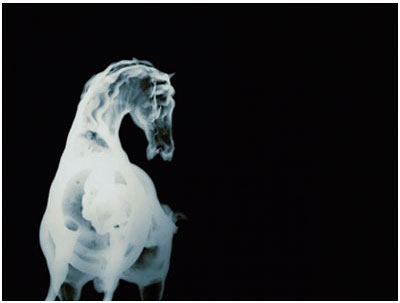
Maisel’s previous work, Library of Dust, is equally concerned with the survival of traces from the past. It consists of a series of sombre and beautiful photographs depicting canisters containing the cremated remains of the unclaimed dead from an Oregon psychiatric hospital. Dating back as far as the nineteenth century, these canisters have undergone chemical reactions, causing extravagant blooms of colour, revealing unexpected beauty in the most unlikely of places.
For those becoming familiar with Maisel’s photography only through these more recent projects, it may comes as something of a surprise that, for the bulk of his career, he has been a landscape photographer – of a particular sort.
Using aerial photography, Maisel has photographed civilization's aggressive advance across the American landscape. From the vantage point of a low-flying aircraft, Maisel has constructed skewed landscapes that seem at times to have no horizons, no up or down, no near or far. The Lake Project documents Maisel's work around Owens Lake. This arid expanse, located just east of the Sierra Nevadas, is for the most part a desiccated bed of mineral deposits. Drained for the water needs of Southern California, it now contributes carcinogenic particles to the atmosphere during ‘dust events.’ In other projects, the devastation wrought by deforestation and open pit mining has been clearly demonstrated.
On reflection, there is considerable continuity between Maisel’s earlier and later work. Both use photography to examine the interaction of humanity and environment on a chemical level. In pre-digital photography, of course, this capturing itself requires the mastery of complex chemical processes. Also, like Ed Burtynsky, Maisel explores the uncomfortable relationship between images that will appear to many as aesthetically beautiful while depicting processes of pollution and destruction.
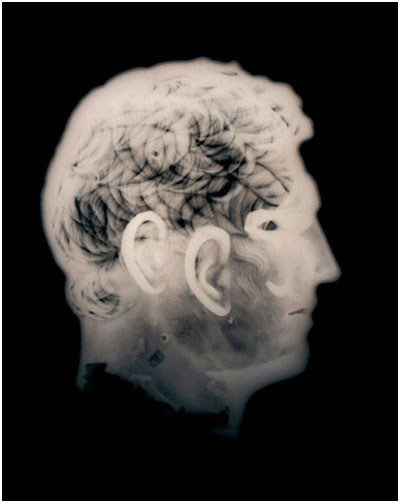
As Leah Ollman states, “Maisel’s work over the past two decades has argued for an expanded definition of beauty, one that bypasses glamour to encompass the damaged, the transmuted, the decomposed.”
Bruce's review, and conclusion
I think Leah Ollman has something of great value to state about David's work, and in particular the definition of beauty.
David's book is a large affair approximately - it's very substantial and the plates reproduced within are really beautiful. It is a book to inspire you to consider and think again about what photography really is.
His images in this book are photographs of photographs (x-rays), of objects archived in museums. I think there's something interesting in his approach to re-translating what is already done. I've personally never thought of taking images of my own images, and re-translating them.....
The toning of the images is beautiful, and the compositions, flattening down a 3D object into a 2D space sometimes leads to interesting results. Being able to view the skeletal stucture of the horse statue, makes for more interesting dissection of the image. I spent a lot of time pondering these images.
I'm very proud to have this book in my collection. If you have an interest in exploring other photographic styles, and considering how these may affect your own photography, History's shadow would be a welcome addition to any budding photographic book collection.
History’s Shadow is published by Nazraeli at £60 and Library of Dust by Chronicle at £50. Both are available at 10% off from Beyond Words, here in the UK.

